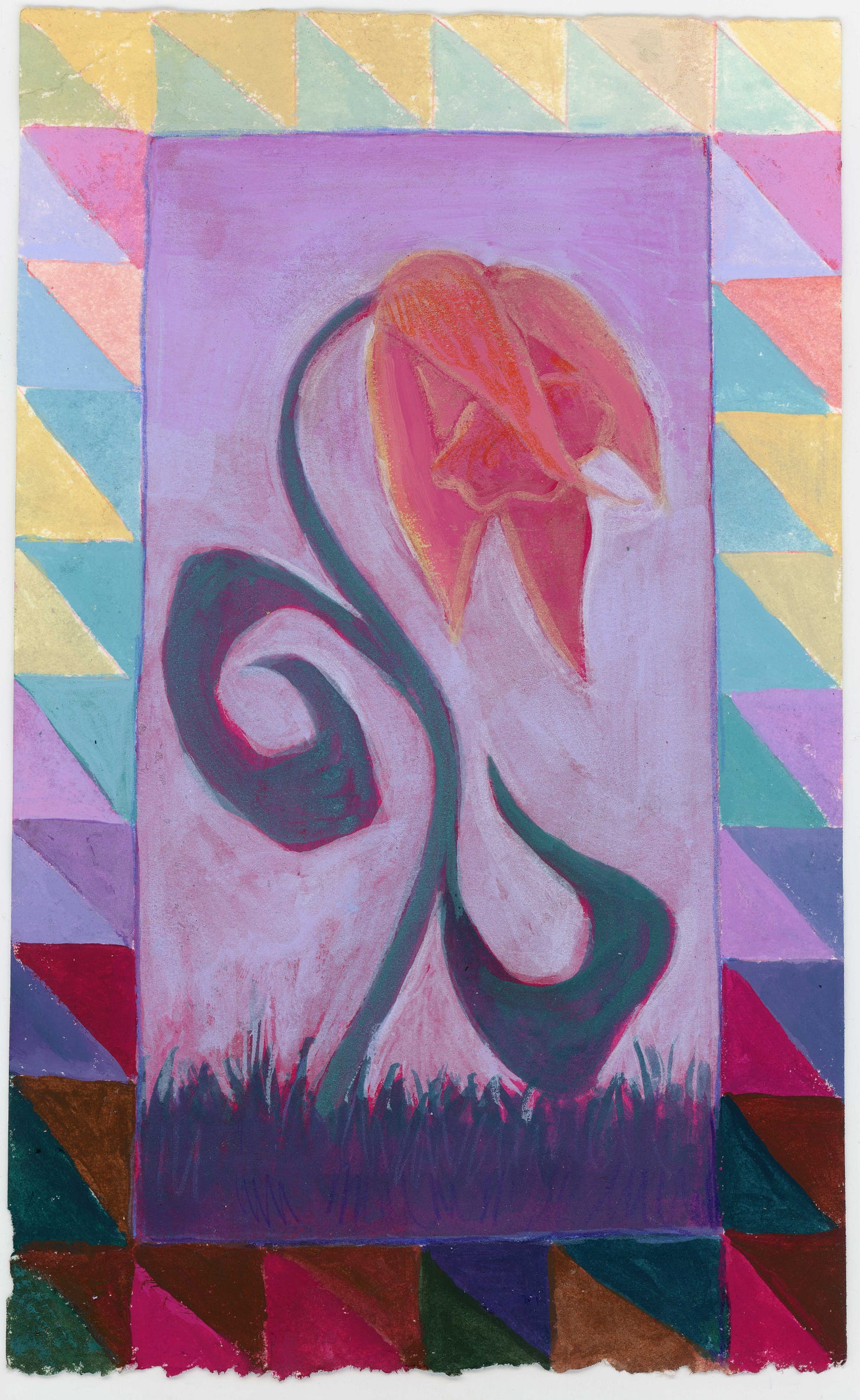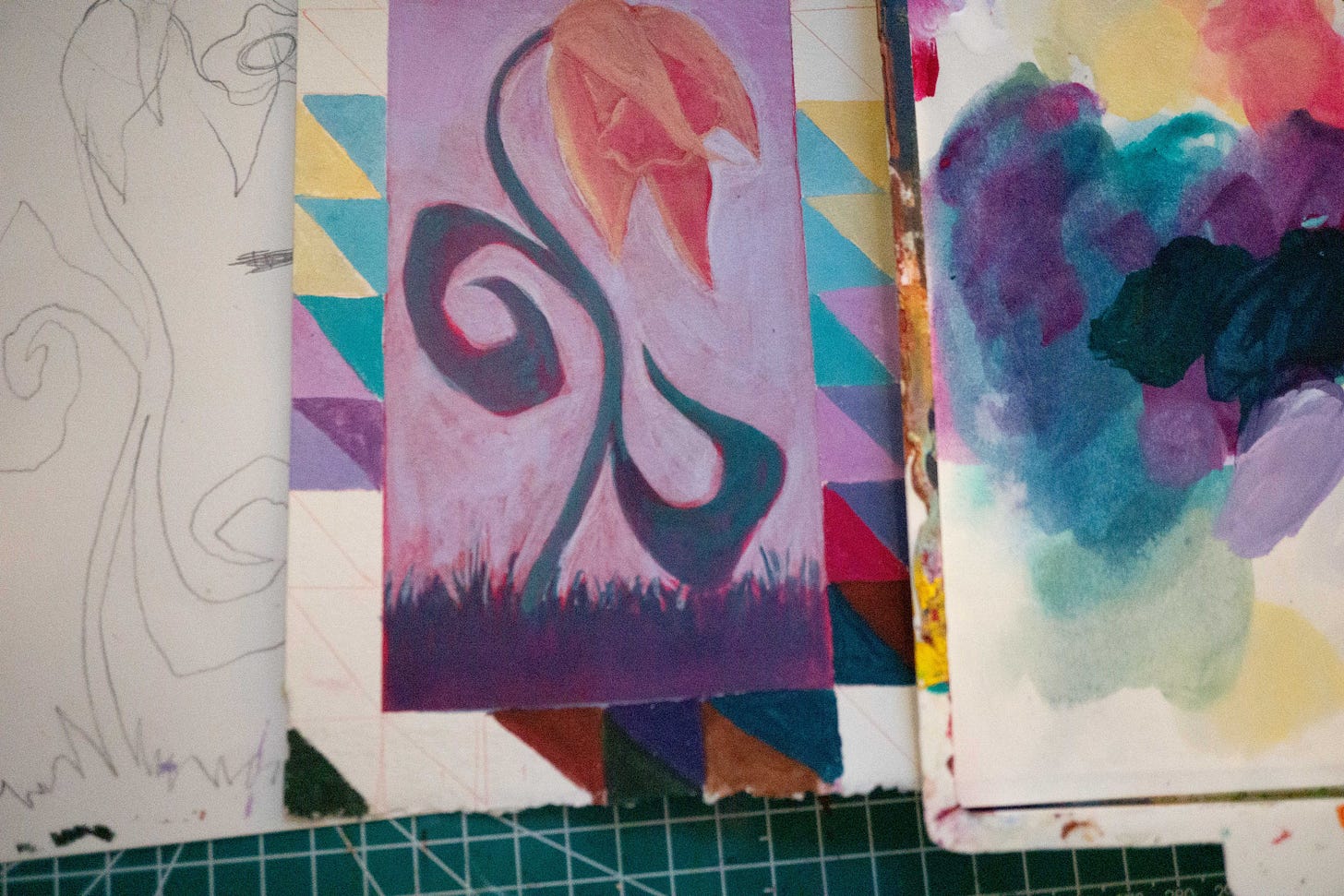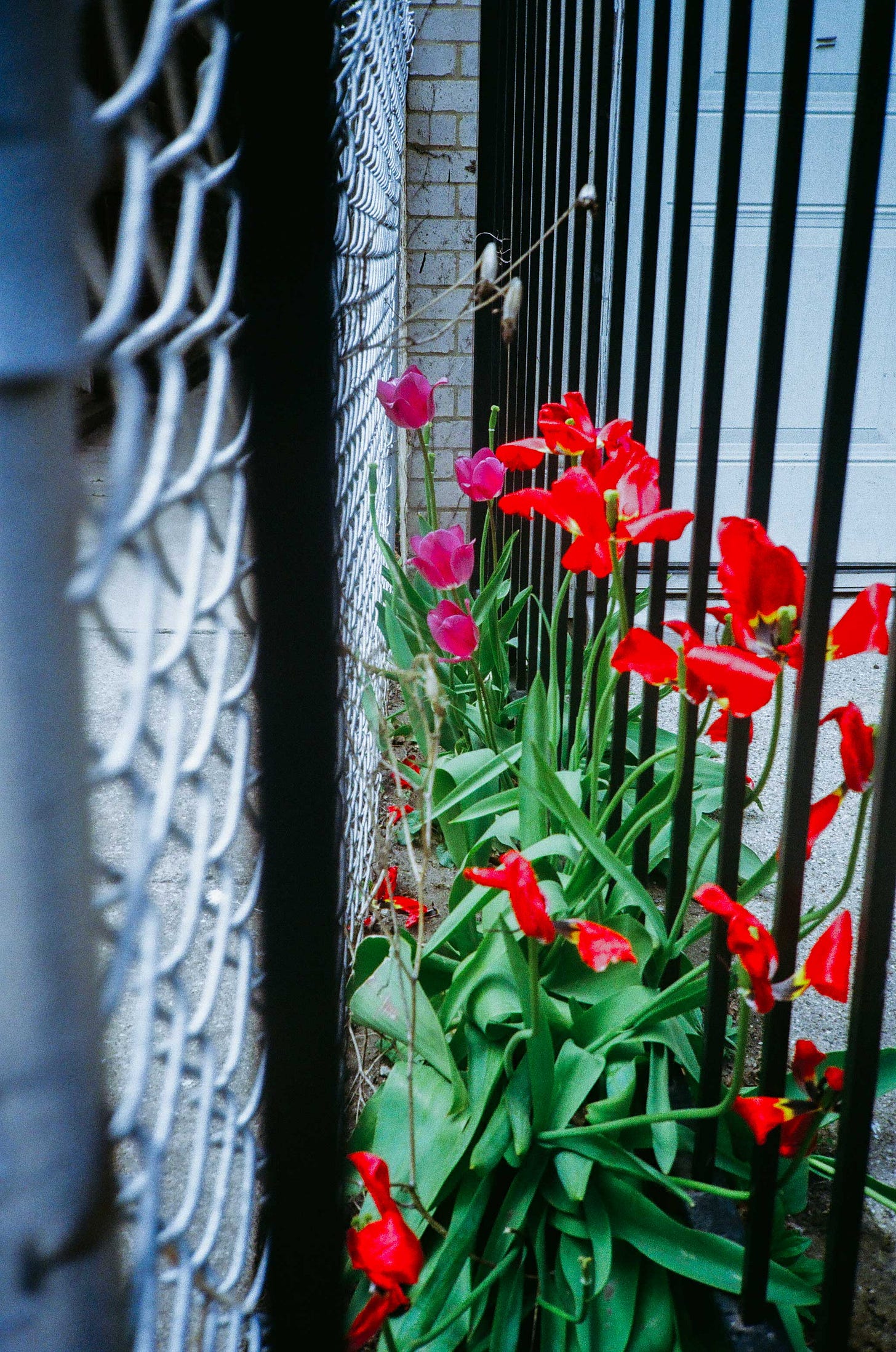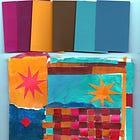Creative Literacy: Learning to Read the World Through Making
On color theory, compost, and the grammar of creation
This post is apart of The Artist’s Almanac: a companion for navigating the natural cycles of creativity—offering insight, structure, and reassurance for artists growing their practice beyond traditional institutions.
Reader,
It has been some time since the last edition of The Artist’s Almanac. A whole season has passed! Summer is arriving slowly. The daffodils seem to have lost their sense of time; in flux between bloom and decay.
And so am I—but this is fine. This is the way it has always been. Only now the rhythms of life are continuously pick up speed. Anyways….how are you?
Have you had any spare time for scattering seeds this spring? I have casually scattered a few across my yard, but I’m not being too precious about it.
My landlord mowed down my sunflowers last year. I have come to accept that my place in the world is as precarious as those little spry seedlings.
It’s miraculous to see anyone strive towards beauty. But we do, everywhere, in small ways, whenever we are willing to look closely. It is a mostly thankless vocation, but we scatter seeds anyways.
One must wonder where this impulse comes from, and why does it persist in a time when beauty and salience seem to no longer be of value. Why bother? Why not join the next multi level marketing pyramid scheme?
I live with the burden of this question too, it’s true. Why do I bother?
Well, I’ve done a lot of thinking on this question while I’ve been away, and the answer is surprisingly simple. I create because I want to participate in the story of creation. I know that it will happen with or without my doing, anyways. The birds, the bees and the flowers will be doing their work. What’s stopping me from doing my own?
Whenever I think “why bother” I have to do the work of coming back to center, of regaining lucidity. I too, am still often ensnared by the ideology that says creation must lead to value. But what is value?
Your compost is quite valuable, although it is only a disgusting bin full of moist and moldy rice and vegetable trimmings sitting on your counter. It is not worth anything at all, and yet it participates in the cycle of creation, too.
No. I don’t make things to create value—although I do need money very much, so consider buying my painting!
I create for something entirely separate than that. I make things because it inherently brings value into my life, whether I make something I love or hate. I believe that creativity is a kind of literacy; a craftsmanship and presence that codevelops alongside the nurturing of our inner worlds.
I hope to Illustrate this idea with the story of how I learned color theory.
In the before times, I was a person who was entirely opposed to the idea of structure. I did not believe we existed in an ordered universe. For the most part I still do not.
Therefore, I did not start painting with any intent of precision.
I found the idea of a color wheel rather nauseating. I can't say why.
When my painting teacher passed me a color wheel, I shewed her hand away and decided to make piles of mud instead. I preferred it that way.
It reflected the world as I'd seen it. Isn’t that what an artist is supposed to do? I did later get bored with mud, and read a book on color theory and found to my dismay that each and every pigment does in fact exist in a mappable color space together.
And so, I came to become a person who believed (at least in part) a harmonious universe. I gained a new limb of cognition beyond what is immediately visual. I came to know that what is felt is also real.
I also learned that chaos, uncertainty, and muddiness have their own place in the process. Dissonance is just as useful as a tool as harmony. Sometimes what a pretty painting needs is a little mud.
Try a Color Experiment!
If you are curious about the more technical side of color theory, feel free to check out an earlier post. In it, I walk through some color experiments from the book “Interaction of Color” by Josef Albers.
The exercise I test in this post is called “reversed grounds.”
It demonstrates how one color appears as two different colors against different backgrounds.
The most helpful color theory tip I ever learned was from a painter named Sari Shyrack of Not Sorry Art School — “You don’t know what ya got until you put it on the spot.”
In painting this is very true. Colors shift in context. They move around on the page. What appears yellow on the palette may be green on the canvas.
Have I convinced you that creativity is an extension of literacy? Do you have any examples of how creating has enhanced your sense of knowing in the world?
I would love to hear your thoughts.
Until next time,
Jeremy







…not convinced but love the concept of being creatively literate…practicing creativity as intention is a worthy powerful act i don’t do enough…but noting i do practice many a creative act just sometimes semi intentionally or in a state of stupor or exploration…the road i drive on and the stories i tell would be quieter and fewer without an intention to be creative in the world…we all make stuff even if we don’t…it took a long time for me to embrace that all of it is art i can learn from or learn to practice from…